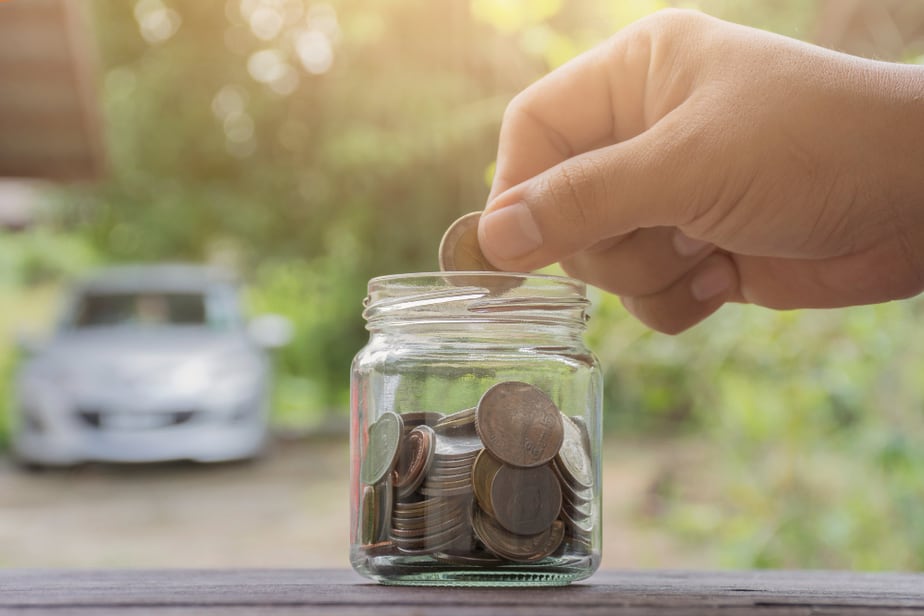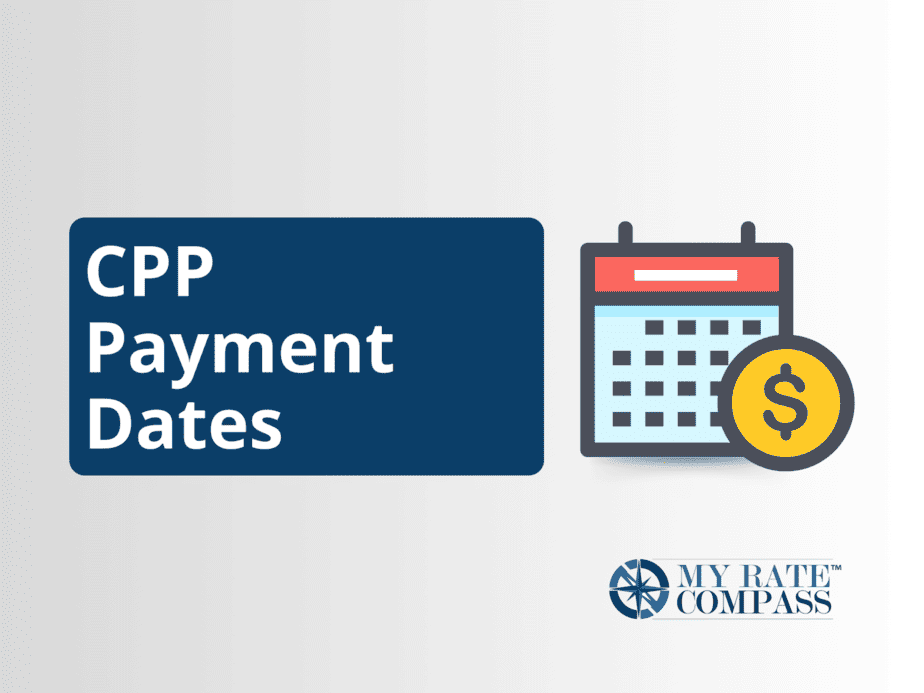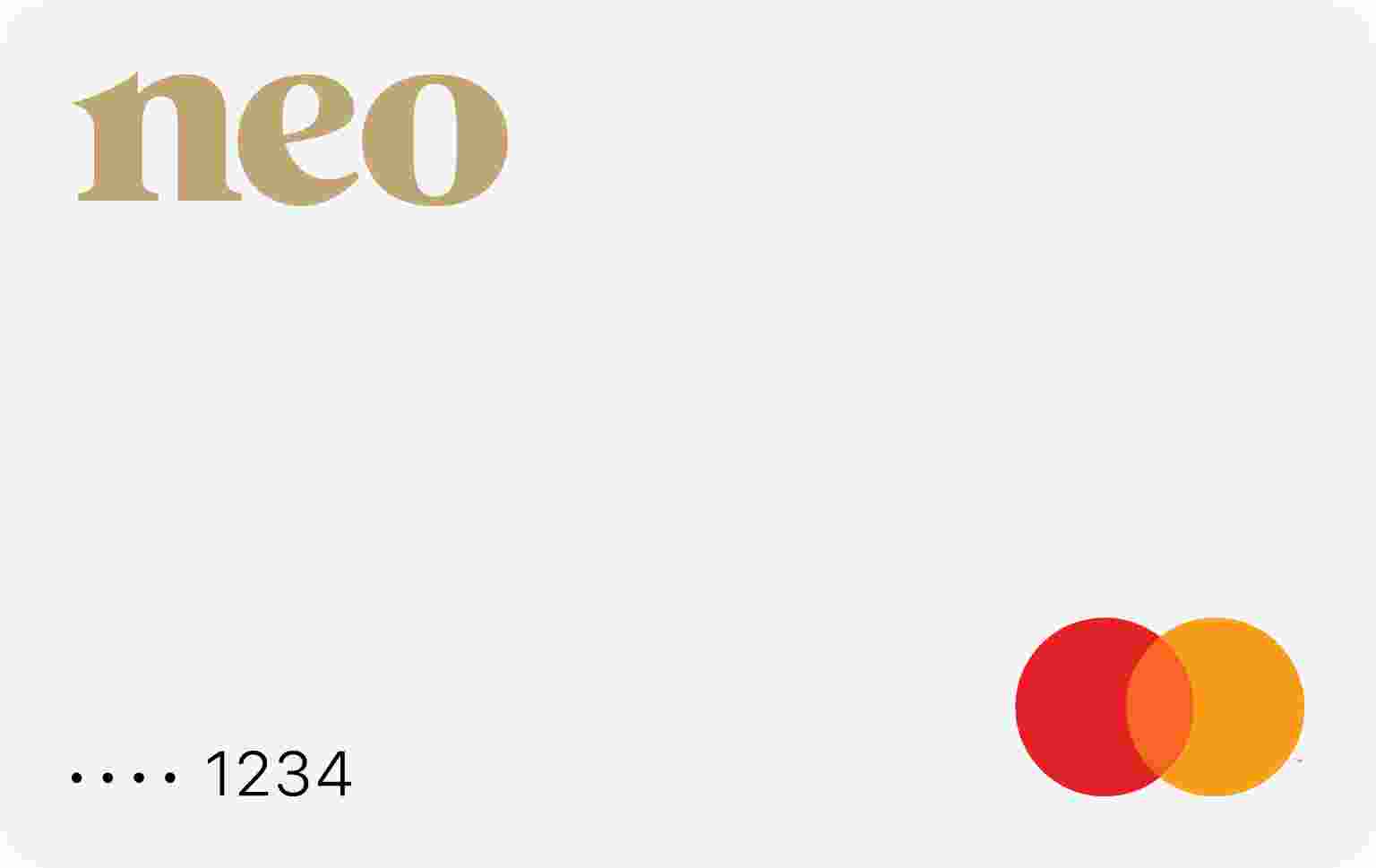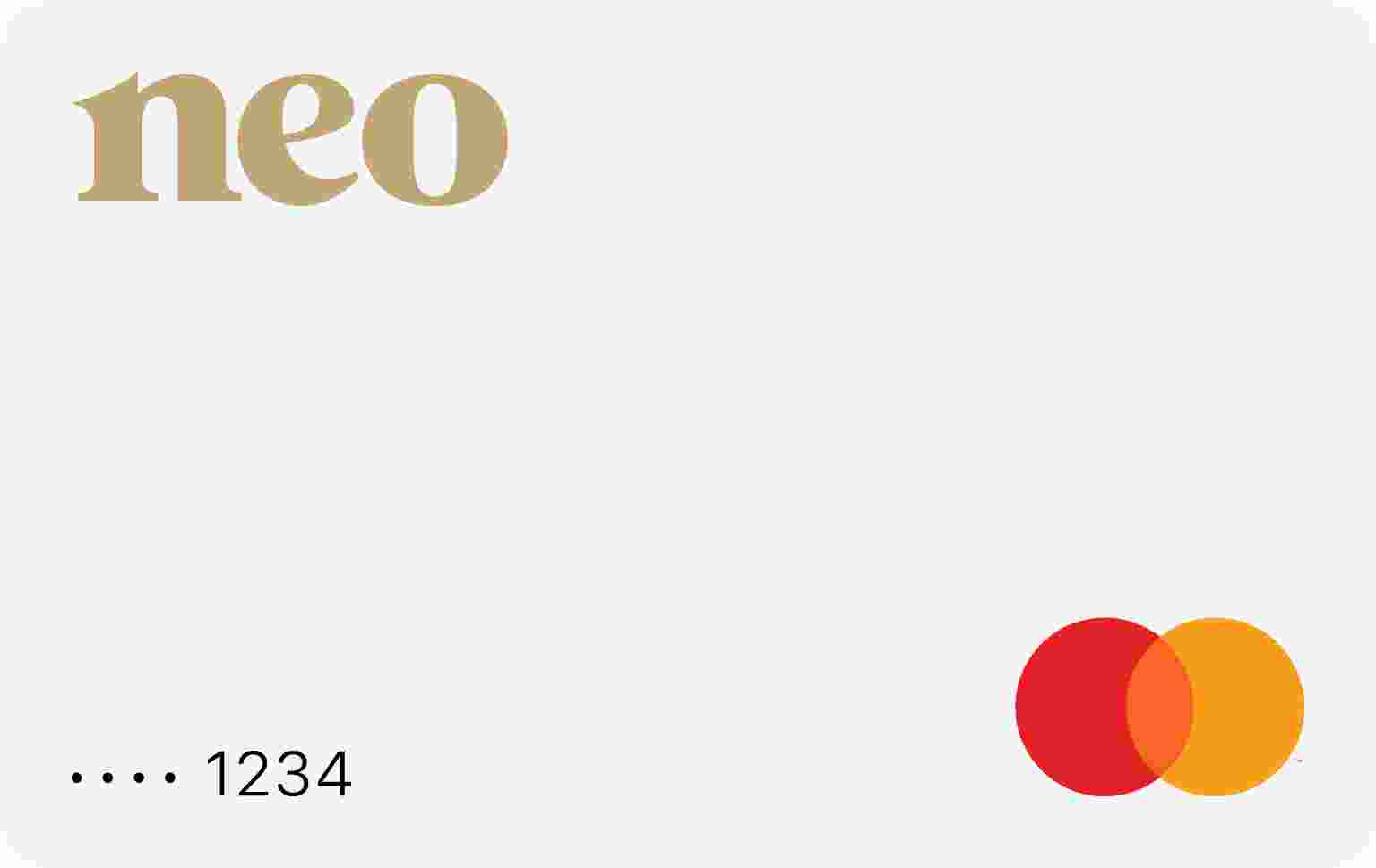Have you ever heard the phrase, “save for a rainy day?” You probably heard it from a friend, parent or family member at some point in time. A rainy day is an unexpected event in the future that will likely impact your finances. For example, losing your job or an unforeseen sickness. An emergency fund can offer you security and comfort amidst life’s unpredictable twists and turns. In this article, My Rate Compass discusses the importance of an emergency fund and how you can build one.
What is an emergency fund?
An emergency fund is a sum of money set aside to pay for expenses that result from unexpected life events. Money in an emergency fund should be liquid, which means easy to access and convert into cash. In other words, emergency funds shouldn’t be tied up in investments because the main purpose of the fund is to immediately pay for an unexpected expense.
Some life events that might require the support of an emergency fund include:
- Medical illness
- Death in the family
- Car repairs
- Unemployment
- Unexpected travel
- Home repairs
The key is to save your emergency fund for important, unexpected expenses. Luxuries like flatscreen televisions, golf club memberships, and extravagant vacations don’t count as emergency expenses.
How much should I have in my emergency fund?
An emergency fund should have enough money to support you for 3 to 12 months. Some experts recommend having an emergency fund of at least $1,000, while others recommend amounts closer to $5,000. However, dollar value benchmarks should be considered with precaution because everyone’s finances are unique.
To determine how much to save, you need to quantify your personal cost of living. The biggest, consistent expense most people face is their home expense, whether that’s rent or a mortgage. Other expenses to consider when building an emergency fund include utilities, food, clothing, insurance, medical bills, transportation, and other basic necessities. Your emergency fund should cover all of those expenses within a 3 to 12 month period.
The amount of money you should put aside depends on your personal situation, financial needs, and lifestyle. For example, someone with chronic medical illness might need a larger emergency fund than someone who’s relatively healthy. Or, someone with children or other dependents might need a larger fund than someone without children or dependents. Finally, someone who lives in a city with high living expenses, like Toronto or Vancouver, might need a larger emergency fund than someone who lives in a smaller town like Fergus, Ontario, where living expenses are cheaper.
Should I invest my emergency fund?
Generally, no. Your emergency fund should be easily accessible. If it is tied up in investments, the funds are less liquid. However, you could invest your emergency fund if the investment is accessible and safe. For example, if you’re thinking of tying up your money in a mortgage or in the stock market, the answer is no. Mortgages aren’t liquid and tie up your money for a while, and the stock market isn’t always a secure investment. A tax-free savings account or short term guaranteed investment certificate (GIC) would be a better investment option.
Another thing to keep in mind is that while your fund should be easily accessible, you shouldn’t be tempted to spend it. For example, mentally trying to keep track of the emergency fund amount within your regular chequing account might be confusing and too tempting to spend on frivolous expenses. Keeping your fund in a distinct, separate account, like a savings account, might deter you from spending it carelessly. Aim for a high-interest savings account if possible, as long as they don’t have long term commitments.
You might be wondering, shouldn’t I be investing though? The answer to that is yes. Investing is a part of healthy finances. But, access to cash is also a requirement for healthy finances. It is recommended that you build an emergency fund first. Then, any excess savings you have can be invested.
How to create an emergency fund
You can start your emergency fund with small, incremental savings each month, or with a lump sum deposit, if you anticipate receiving a significant portion of money in the near future. For example, if you receive a hefty tax return or a bonus, you could kick start your fund with a few hundred or thousand dollars. If you’re starting from scratch, here are a few steps you can take to create your emergency fund:
- Open a new, seperate account for your emergency fund. Don’t just hide cash under your mattress, or mix your emergency fund with your chequing account. Open a new account and start contributing to it.
- Calculate your total monthly income and financial obligations. Subtract the total of your financial obligations from your monthly income to see how much money you have outstanding. Contributions to your emergency fund will be taken from this amount.
- Decide how much you want to save and how quickly you want to save that money. Based on your calculation from above, you’ll have a better idea of what you can realistically set aside each month. Additionally, give yourself an estimated date that you hope to have your emergency fund saved by to keep yourself on track. A thought out financial plan helps you manage your income better and achieve your savings goals faster.
- Make sure you’re addressing debts too. An emergency fund is important, but you should address outstanding debts as well.
- Automate your monthly contribution to your emergency fund. Make it as easy as possible for you to build your emergency fund. By automating your payments, you save yourself the extra step of manually depositing money.
- Regularly reassess your monthly contributions. If you come into more money one particular month, consider increasing your emergency fund contribution in that same month. If you’re tight on cash another month, consider decreasing your contribution. Always reassess the situation to ensure you meet your emergency fund goal.
Final Thoughts
Saving for a rainy day with an emergency fund is a great way to improve your financial health. Make sure you’re honest and aware of your financial situation before planning your monthly goals, and make a habit of reassessing your personal situation and emergency fund regularly to maximize its benefits.






